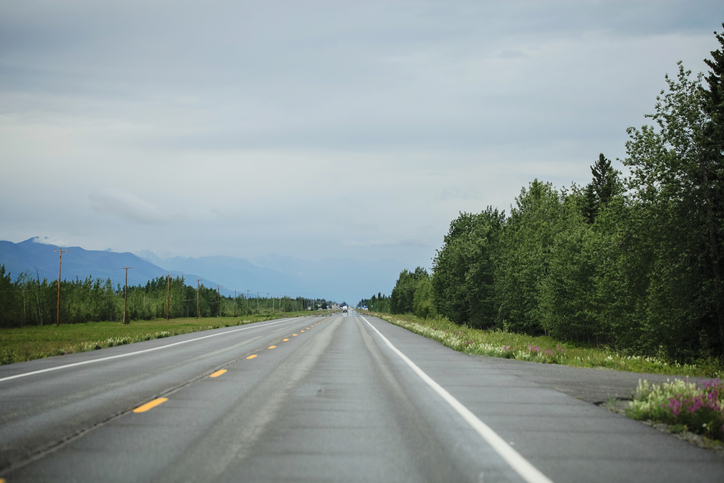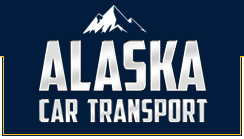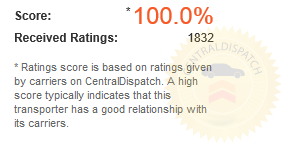Increasing speed
Signaling and checking your blind spot
Alaska’s highways and speed limits
Final word

Increasing speed
On-ramps are an essential part of any highway, parkway or road that has significantly higher speeds than the streets or roads around it. Without on-ramps, a highway must have traffic lights in order to allow traffic from surrounding lower speed roads to get onto that highway safely.
The issue is that in order to match the speed of the slowest lane of traffic, the traffic entering the highway will need a few hundred feet to appropriately accelerate. Matching the speed of the slowest lane of traffic on the highway is crucial because otherwise drivers on the highway would need to slam on their brakes each time someone entered the highway.
So, when you get onto an on-ramp in Alaska or anywhere else, you must use that on-ramp to increase your speed to the minimum speed of that highway. The minimum speed of a highway, assuming there are three lanes, is typically twenty miles below the speed limit or maximum. So, if you were entering a highway with a speed limit of 65 miles per hour you would need to use the on-ramp in order to increase your speed to 45 miles per hour which is likely somewhere close to matching the speed of the right-most lane of traffic.
Signaling and checking your blind spot
When you enter a highway using an on-ramp, increasing your speed will not be your only objective, you must also take a few safety precautions as well. Think of using an on-ramp to get onto a highway the same way you would as if you were changing lanes, you would never change a lane without first checking to ensure it was safe beside you to do so.
It is critically important for your safety and the sake of staying out of an accident that you check your mirror and your blind spot prior to officially merging onto the highway. This will all need to happen quite quickly as you will be accelerating, and an on-ramp is only a few hundred feet long. So, check your blind spot very quickly as soon as you are ready to merge and keep your eye on your left sideview mirror as you do merge. If at any point while you are merging onto the highway you hear a horn in close proximity, then you should quickly pull onto the shoulder as long as it is clear and safe to do so. You can then attempt merging onto the highway again once traffic clears using the shoulder as a space to accelerate and match the speed of those on the highway.
Alaska’s highways and speed limits
Just as a reference so you know how much you will need to accelerate if you use an on-ramp in Alaska, here is a list of Alaska’s largest highways and each of their speed limits:
- Sterling Highway – The speed limit ranges between 45 and 60 miles per hour
- Elliot Highway – The speed limit ranges between 50 and 60 miles per hour
- George Parks Highway – The speed limit ranges between 45 and 60 miles per hour
- Richardson Highway – The speed limit is 60 miles per hour
- Denali Highway – The speed limit is 30 miles per hour
- Seward Highway – The speed limit is 65 miles per hour
- Dalton Highway – The speed limit is 50 miles per hour
- Klondike Highway – The speed limit is 40 miles per hour
Final word
When you are margining onto a highway using an on-ramp the point is to match the speed of the traffic on the highway that you are getting onto. Without on-ramps, there would need to be traffic lights along highways which would limit their usefulness in allowing motorists to reach a destination in a minimum amount of time. When you are using an on-ramp and are ready to merge onto the highway be sure to check your blind spot and your side-view mirror before you do so. If you are shipping a car to or from Alaska and would like a free instant quote, call our vehicle transport experts at (907) 331-3100!


